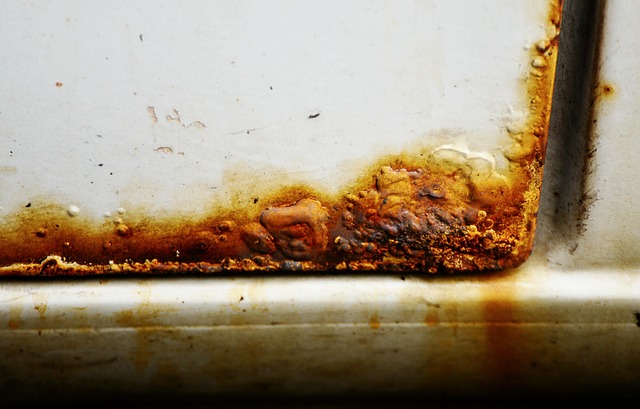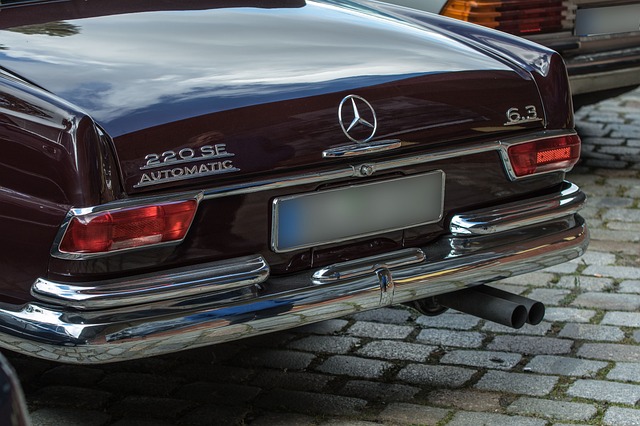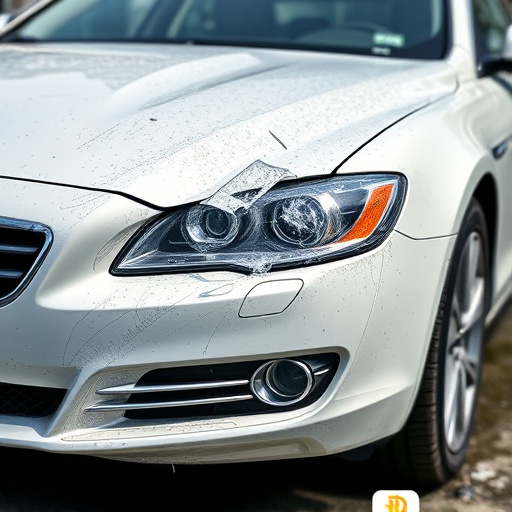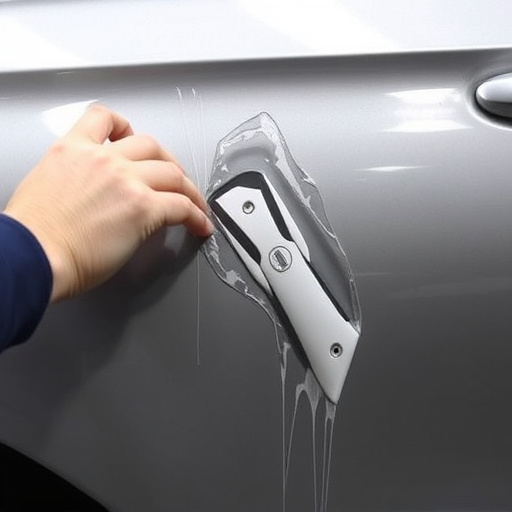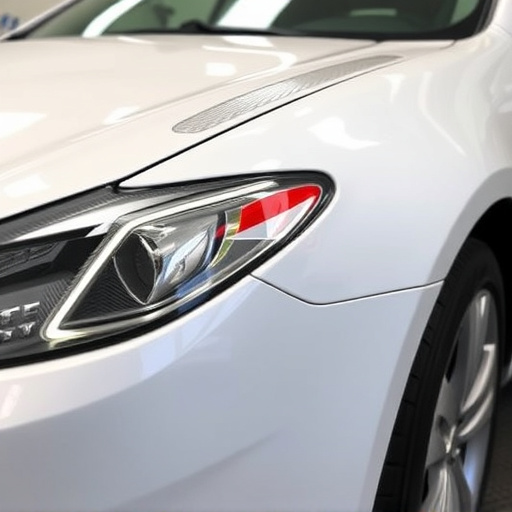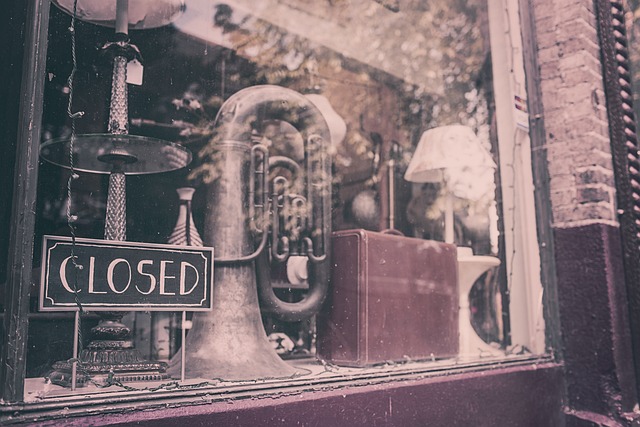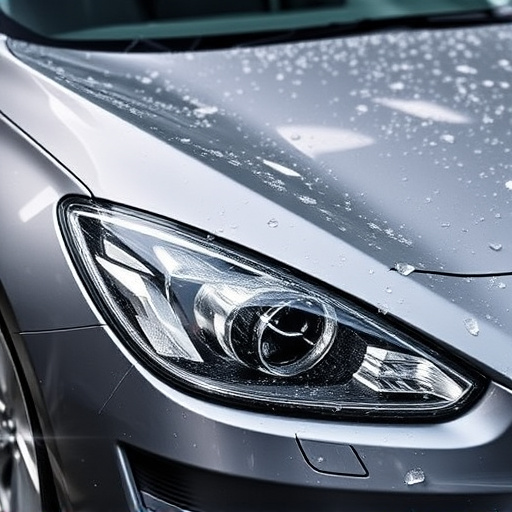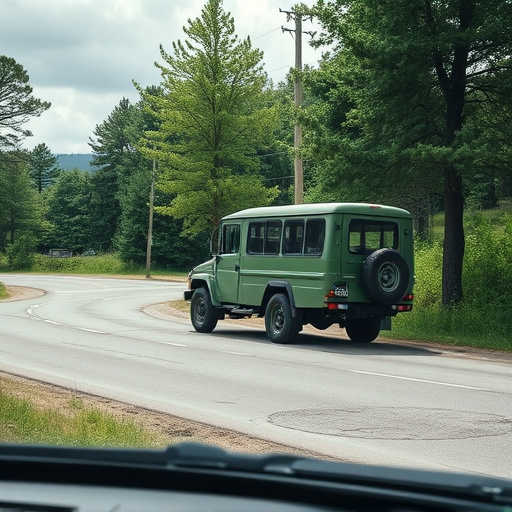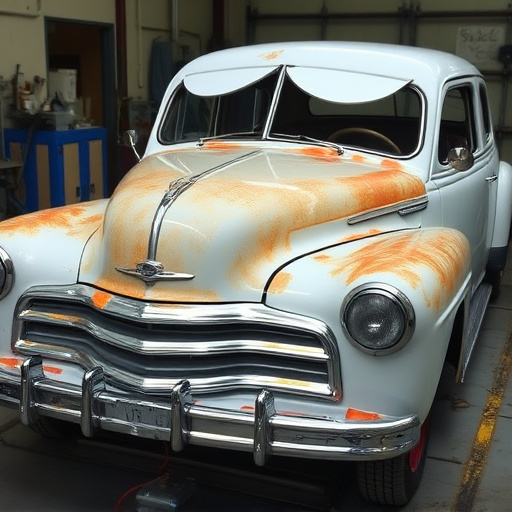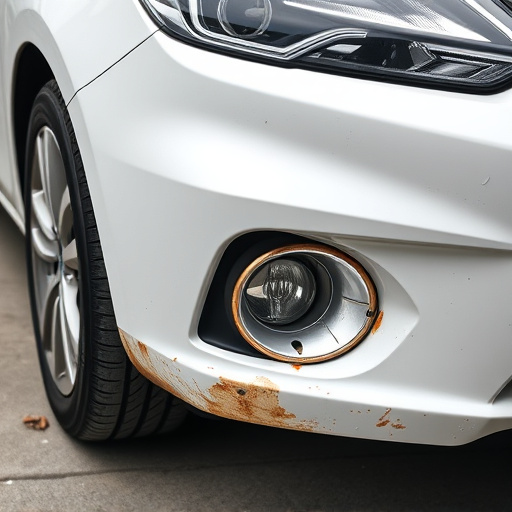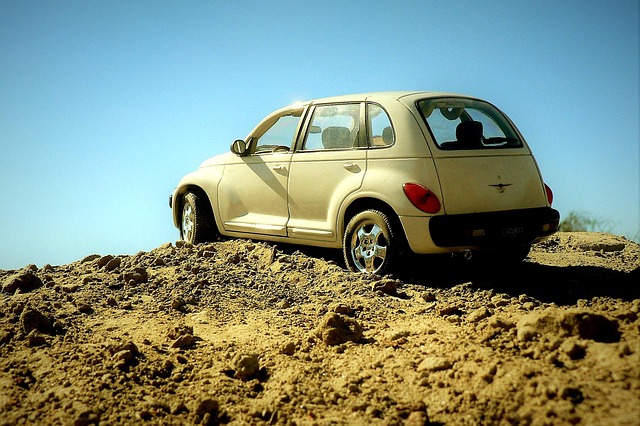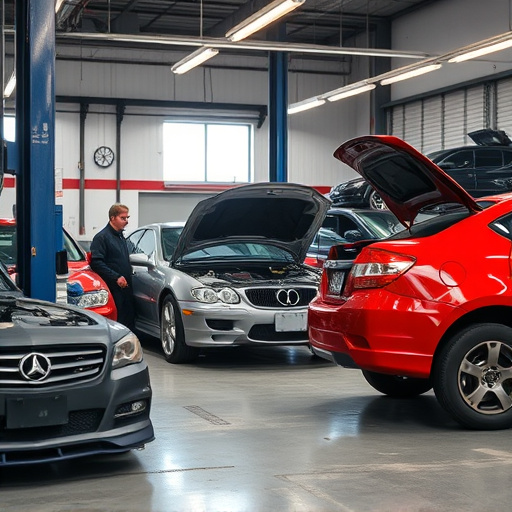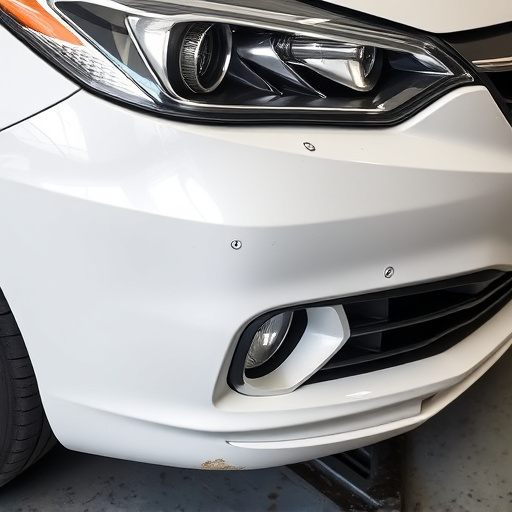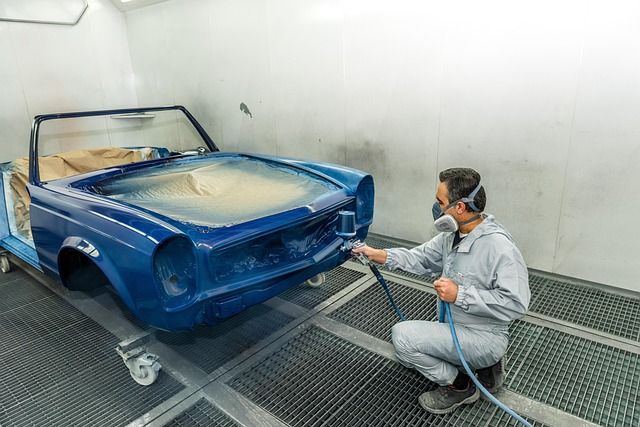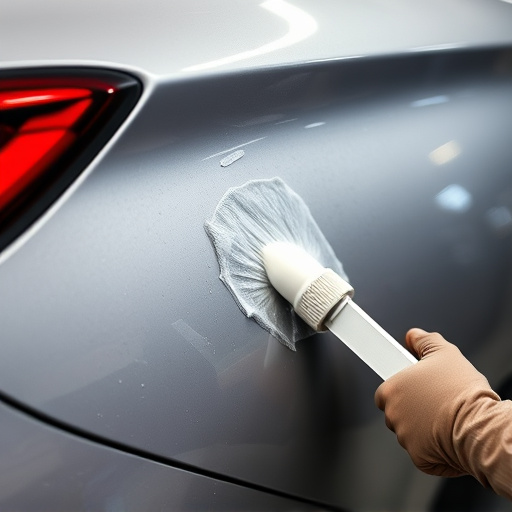Tesla rear hatch alignment issues stem from everyday use or accidents, causing off-center closures. Minor bumps may lead to component stress and failure over time. Expert auto body professionals diagnose and rectify misalignments using specialized equipment. Prompt action is crucial to prevent costly collision repairs. Regular maintenance checks are key to preventing problems. Adjustments range from simple bolting to professional realignments for seamless, aesthetically pleasing closure.
“Ensure your Tesla’s rear hatch operates seamlessly with our guide on Tesla rear hatch alignment. Explore common issues that can cause misalignment, such as worn-out hinges or sensor malfunctions. Learn how to diagnose these problems and discover practical tips for adjustment and alignment. By understanding the mechanics behind your vehicle’s closure system, you’ll achieve a smooth, hassle-free experience every time you open and close your Tesla’s rear hatch.”
- Understanding Tesla Rear Hatch Alignment Issues
- Diagnosing the Problem: Common Causes
- Adjusting and Aligning for Seamless Closure
Understanding Tesla Rear Hatch Alignment Issues
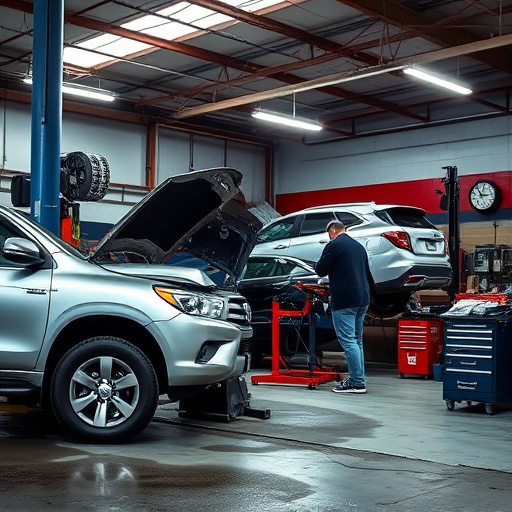
Tesla rear hatch alignment issues can arise from a variety of factors, often stemming from everyday use or unexpected events. Even minor fender benders or bumps against obstacles can disrupt the precise mechanics required for a smooth closing action. These misalignments may not be immediately apparent to the vehicle owner, but they can result in awkward, off-center closures that compromise both functionality and aesthetics. Over time, poor alignment can lead to further damage, as stressed components may weaken, increasing the risk of complete failure.
Understanding these issues is crucial when addressing Tesla rear hatch problems. The vehicle’s sophisticated design necessitates expert attention during repairs, whether it’s a simple adjustment or a more complex body shop service. Auto body professionals skilled in Tesla repair can diagnose and rectify alignment discrepancies using specialized equipment and techniques, ensuring the rear hatch operates seamlessly once again. Prompt action to address these issues is recommended, as continued use with misaligned components could expedite further damage, potentially requiring more extensive and costly vehicle collision repair.
Diagnosing the Problem: Common Causes
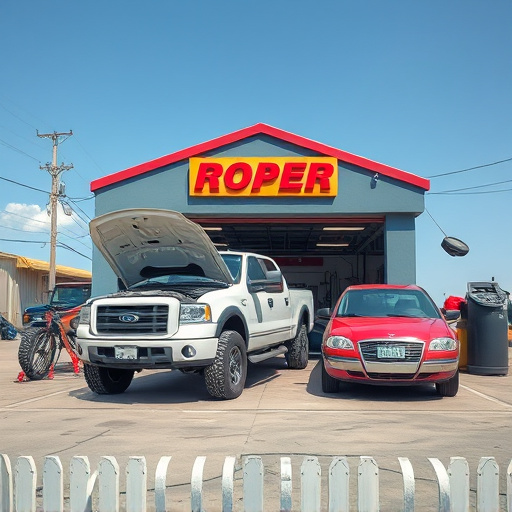
Diagnosing issues with your Tesla’s rear hatch alignment is a crucial first step. If your rear trunk isn’t closing smoothly or is leaving gaps, it could be caused by several common factors. One of the most frequent problems is misaligned hinges, which can result from everyday use or unexpected impacts, similar to how small fender repairs might affect other parts of your vehicle. Additionally, the locking mechanism itself may need adjustment or replacement over time, especially in high-mileage vehicles or those exposed to extreme weather conditions.
Another potential issue could be warping or damage to the rear hatch itself, requiring automotive body work for repair, much like fixing a dented fender. This can occur due to changes in temperature, poor storage practices (e.g., placing heavy items on top of the trunk), or even minor accidents. Regular maintenance checks and prompt attention to any unusual noises or visual discrepancies are key to preventing further complications with your Tesla’s rear hatch alignment.
Adjusting and Aligning for Seamless Closure
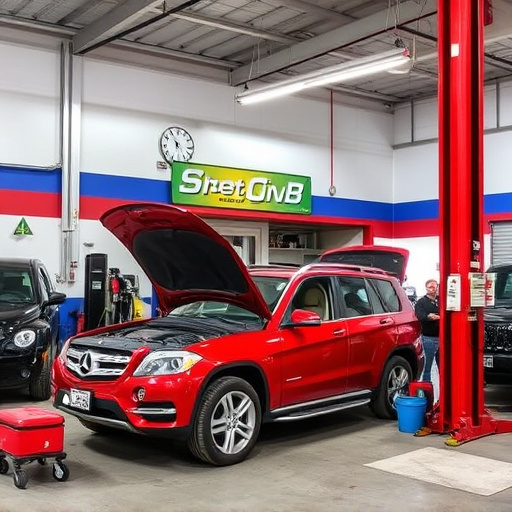
Achieving a seamless closing action for your Tesla’s rear hatch is crucial for both functionality and aesthetics. Proper Tesla rear hatch alignment involves meticulously adjusting various components to ensure smooth operation. Start by inspecting the hatch for any signs of damage, misalignment, or loose parts. Common issues could include bent panels from collisions or simple wear over time, which can disrupt the hatch’s closure path.
During the adjustment process, focus on aligning the hatch hinges and the rear bumper. Sometimes, a simple alignment can be accomplished with adjustable bolts or screws. In more severe cases, especially after a collision or significant scratch repair (car body restoration), professional assistance from a collision repair shop might be required. They have the tools and expertise to realign the hatch precisely, ensuring it glides closed effortlessly while maintaining the vehicle’s sleek design.
Tesla rear hatch alignment is a key aspect of ensuring your vehicle’s utility and aesthetics. By understanding common issues, diagnosing problems effectively, and performing precise adjustments, you can achieve seamless closure every time. Regular maintenance and timely repairs will not only enhance the functionality but also preserve the vehicle’s overall value, making it a crucial task for any Tesla owner.
